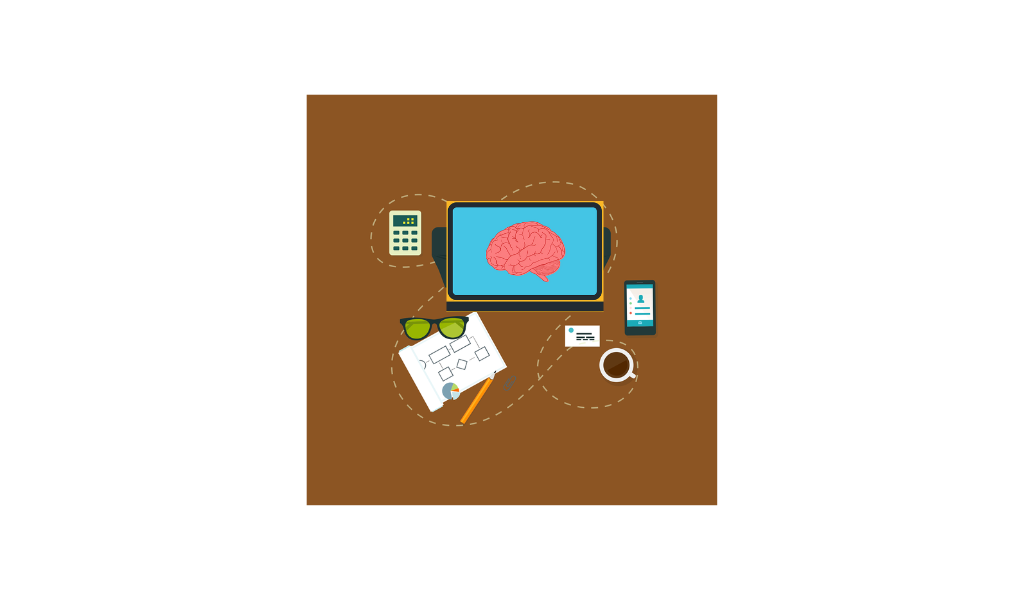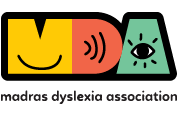
Assistive Technology for children with dyslexia
Assistive Technology
By Gokula Srivathsan-Software Product Manager
Introduction
Throughout the history humans are solving their day-to-day issue with the help of tools ranging from simple to heavy machinery. It eases our lives, gives us more free time to do more meaningful work and reduces pain. As a parent of dyslexic child (or any condition under autism spectrum) one of our biggest worries is to teach our child- be it formal education or social skill or street smartness. In this paper we will see about the usage of tools for reducing our pain as well as child’s pain.
What do you mean ‘tool’? Any machine which solves our problem, reduces the complexity, decreases the pain. We will look at some tools which help our child learn better and be more confident. It’s akin to a bridge, connecting my child’s potential with the world of knowledge and learning. Just as a bridge makes an otherwise inaccessible destination reachable, Assistive Technology (AT )brings learning within my child’s grasp.
Simple Tools
By simple tool I mean there is no complex software behind it, no high paid subscription. Examples are (i) Hand written Mind map (ii) Handwritten concept map (iii) Flow charts (iv) Flash cards
‘Not so Simple Tools’
(i) You might have seen some ‘reminder apps’ like ‘Google keep’, ‘Remember the Milk’. These kind of apps (available on both Android store as well as Apple store) will simply remind them to start their work at specified time. These tools are available with or without alarm. I would suggest with alarm is best. (ii) We can use ‘App lock’ for locking unwanted applications to open by them. There are many app locking apps available in both Apple and Android store. Following apps belongs to Android Playstore.
Educational Apps:
S.No Category App Description
1 Speech to Text Speech notes Free in Android
2 Text to Speech Speechify Available in Android
3 Mind mapping and other visual aids Mymap.ai Only website (only paid option)
4 ChatGPT ChatGPT app for both apple and android Multiple purposes.
I would start from ChatGPT as I feel it is extremely versatile.
By this time you might have heard the term ‘prompt’ , which is nothing but the questions we are asking any artificial intelligent chatbot applications like ChatGPT.
I encountered a situation with my second daughter (who is not dyslexic) with respect to her social studies.
Following is the ‘text’ she has to read and memorize.
“The Archeological survey of India (ASI) carried out excavations between 2003 and 2006 at the Harappan site of Bhirranna in Haryana. In a rare discovery, they found a thick red potsherd with an engraving that resembles the famous bronze figurine of the ‘Dancing Girl’ found at Mohenjo-Daro in the early 1920s. What makes this discovery extraordinary is the fact that no other parallel to the ‘Dancing Girl’ was known until this finding.
Bhirrannais an important site because, for the first time in independent India, deposits of Hakra ware, that belong to the pre-early Harappan period were found in sequential chronological layers. As L S Rao, who led the team of archaeologists, said , ‘We have strong evidence for the first time, of an unbroken cultural sequence, starting from the village culture..and its evolution gradually into semi-urban and urban cultures till the site was finally abandoned.
Excavations at Bhirranna point to the fact that people lived in circular pits cut into the soil. The discoveries at Bhirranna also include house complexes on streets and lanes, a fortification wall, bichrome pottery, terracotta vases, bowls and cups, arrowheads, fish-hooks and bangles, all made of copper; terracotta toy carts and animal figurines, and beads made of semi-precious stones such as faience, lapis lazuli, agate and carnelian. Several mature Harappan period seals made of steatite were also found.”
This seems to be a difficult task for her to read-understand-reproduce. So I tried to get the help of ChatGPT and gave the following prompt (instruction).
Rephrase the academic text below in an engaging, simplistic manner. Ensure it’s easily digestible and comprehensible for a high school student, without losing its core message: ### <above-said text> should be placed here ###.
The result we are getting is couple of paragraphs which are more engaging than the boring textbook language. Here’s the output.
Let’s dive into a cool piece of history that’s both fascinating and a bit like detective work. Between 2003 and 2006, the Archaeological Survey of India (ASI) decided to dig up an old site called Bhirranna in Haryana, and guess what? They hit the jackpot with their finds!
Imagine stumbling upon a piece of pottery that’s not just any old shard. This one had a drawing that looked a lot like the famous ‘Dancing Girl’ statue discovered way back in the 1920s at Mohenjo-Daro. This was a big deal because, until then, no one had found anything quite like her anywhere else.
Bhirranna is super special for another reason. It’s the first spot in India, since the country gained independence, where they found layers of ancient stuff dating back to before the Harappan civilization really got going. L S Rao, the head honcho of the archaeologists, was thrilled because they found evidence of people’s way of life changing over time, from simple village folk to a more complex urban society, until the place was eventually left behind.
The digs at Bhirranna revealed that the ancient inhabitants had a pretty interesting setup. They lived in round pits dug into the ground, had houses along streets, built walls for protection, and made all sorts of items from copper like pottery, weapons, and jewelry. They even had toys and beads made from fancy stones. Plus, they found seals made of a stone called steatite that were used during the peak of the Harappan era.
So, in a nutshell, Bhirranna gives us a sneak peek into how people lived thousands of years ago, showing us the evolution from simple living to a bustling urban life. Pretty awesome, right?
You want to dig deep further. Here’s the next prompt.
List out a set of 10 – one mark (i.e., question which requires one line answers) on questions based above academic text.
The output is fascinating…
1. When did the Archaeological Survey of India conduct excavations at Bhirranna?
2. Which state in India is Bhirranna located?
3. What unique artifact resembling a famous historical figure was discovered at Bhirranna?
4. Which period’s artifact was the ‘Dancing Girl’ originally found at Mohenjo-Daro associated with?
5. Why is Bhirranna considered an important archaeological site?
6. Who led the team of archaeologists at Bhirranna?
7. What type of ancient housing was found at Bhirranna?
8. Name two types of objects found at Bhirranna made of copper.
9. What kind of toys were discovered at Bhirranna?
10. What material were the Harappan period seals found at Bhirranna made of?
Conclusion
Assistive technology not only bolstered academic skills but also nurtured self-esteem and social skills. Picture being in a foreign country without understanding the language; AT provided my child with a translation, making sense of the world around them.
The growth in confidence was palpable, reminiscent of a butterfly emerging from its cocoon.
